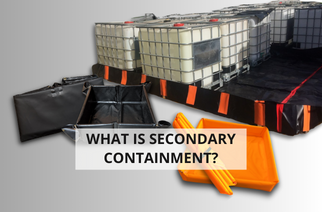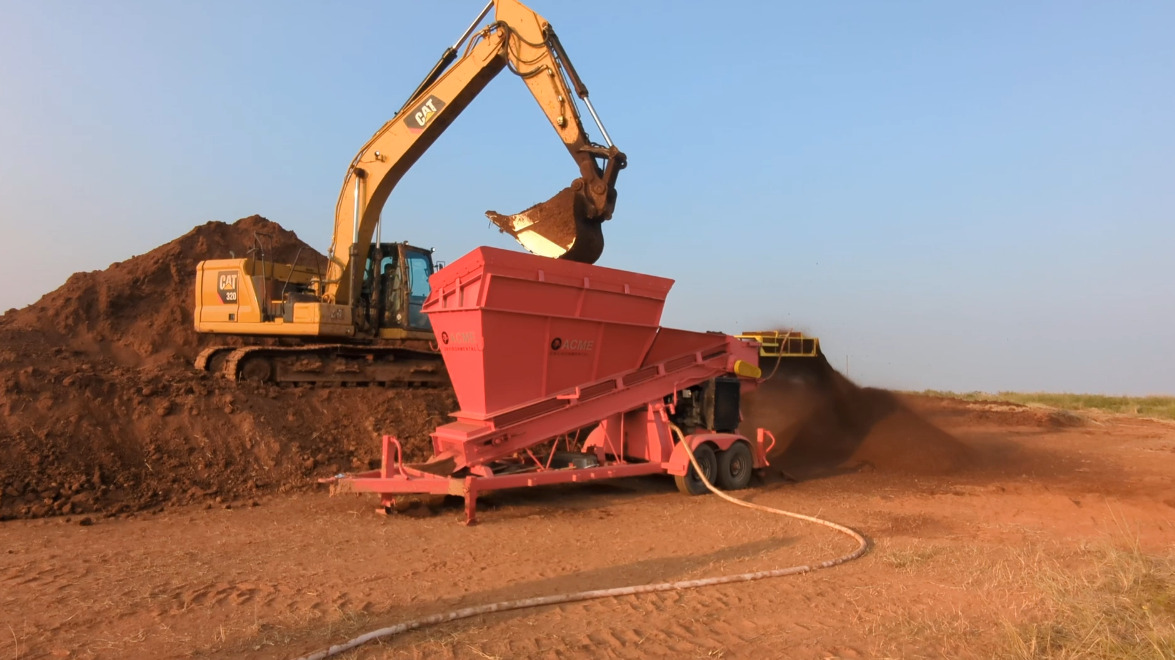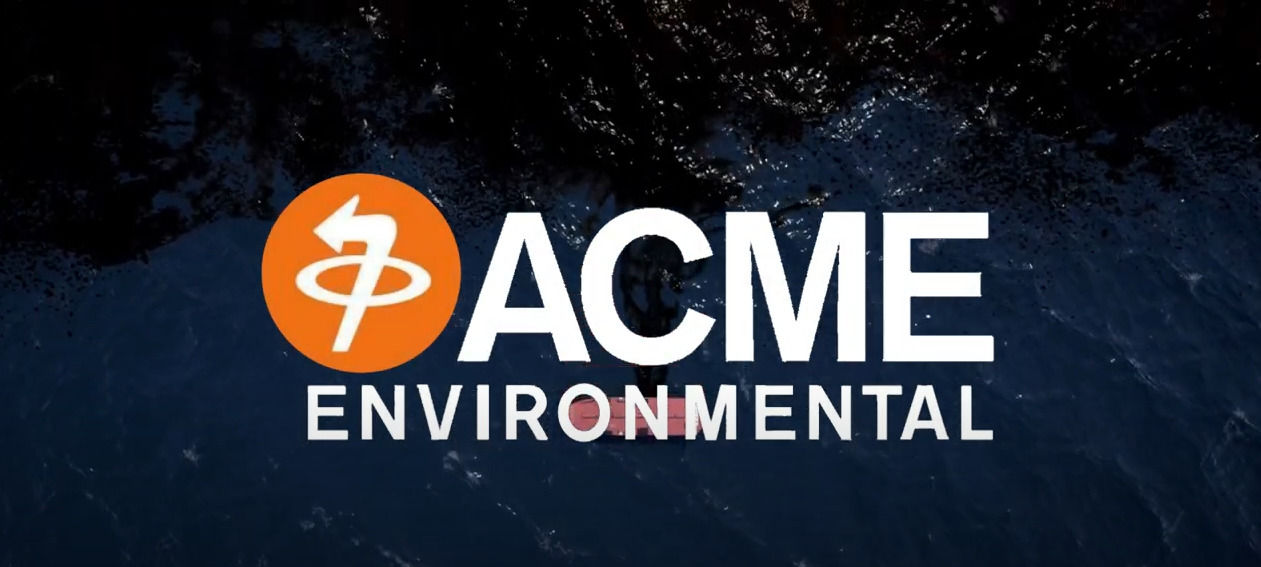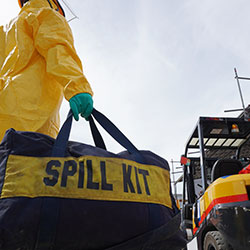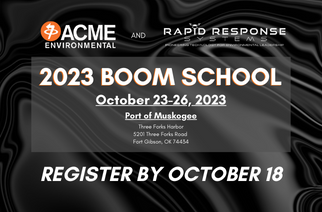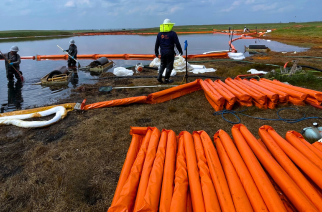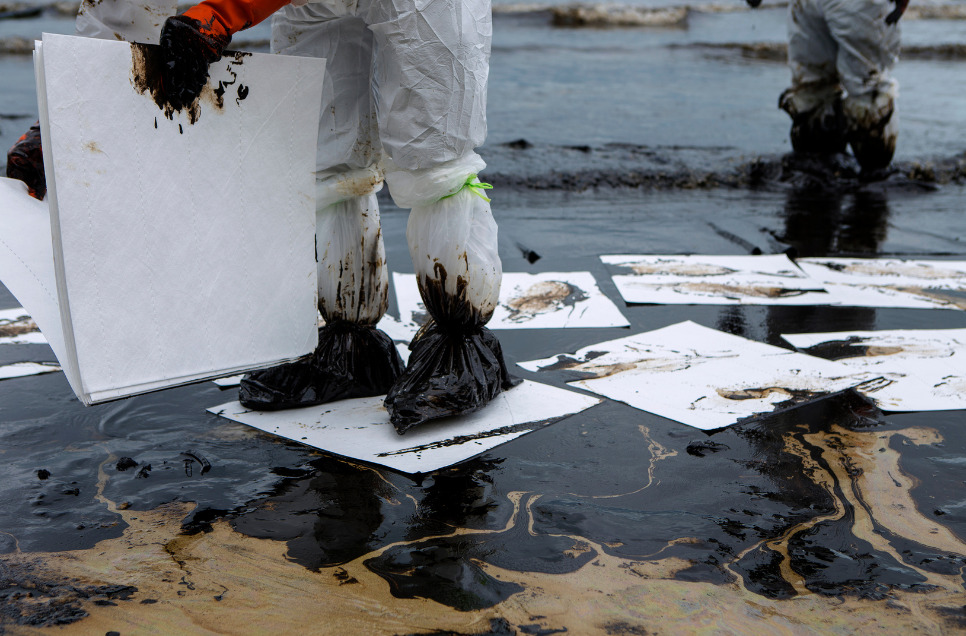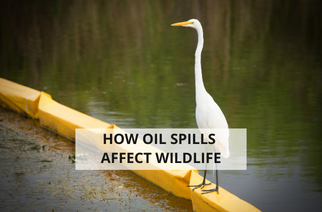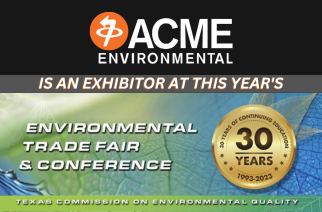-

Secondary Containment: What is it and how is it used?
Secondary containment refers to the implementation of additional protective measures to contain and control potential spills. It acts as a secondary line of defense, preventing the spread of hazardous substances in the event of a primary containment failure. ACME Environmental designs and installs state-of-the-art secondary containment systems tailored to the specific needs of our clients.
-

Now Hiring – Part-Time Marketing Analyst
ACME Environmental is now hiring for the position of a part-time Marketing Analyst to help assist the Director of Marketing with current, and expanding, operations! This includes developing and implementing online marketing campaigns, making digital content for our website, writing and posting social media content, and more. Download the full job description and apply online, here!
-

Oil Spill Responders: What Separates ACME Environmental from the Rest?
Discover what sets ACME Environmental apart as premier oil spill responders and how we are committed to providing our customers quality environmental products and services. Whether we're building you custom manufactured containment boom, responding to an emergency oil spill event, or remediating compacted soil with our ex-situ oxidation process, ACME is there to help restore the environment and ecosystem. With over 56 years of experience in equipment manufacturing and training required by the USCG Oil Spill Removal Organization (OSRO) program, we are the experienced contractor you need when it comes to containment and recovery. Explore our unique qualities, expert team, and rapid response capabilities for effective oil spill management and other environmental services.
-

Boom School – Fall 2023
ACME Environmental and Rapid Response Systems are hosting a four day boom school at the Port of Muskogee, October 23-26, 2023. This hybrid course will incorporate both classroom and field training utilizing successfully proven deployment and response tactics and strategies. Students will learn the best practices for utilizing the latest solutions by using mixed technologies to produce better incident action plans in an event, improve communication, and strengthen their ability to execute their current preplanned response strategies. Don't miss out, register your team today!
-

What is an OSRO and Why are They Important?
The US Coast Guard Oil Spill Removal Organization, or OSRO, was created following OPA 90 and the Exxon Valdez oil spill to ensure that companies would have sufficient response personnel and equipment in the event of an oil spill. Learn more about this initiative and how is sets companies like ACME apart from other spill responders who aren't certified OSROs!
-

ACME Environmental to Exhibit at Environmental Trade Fair & Conference (EFTC) 2023
ACME Environmental is a proud exhibitor of the Environmental Trade Fair & Conference (ETFC) 2023. As a company that strives to protect and clean up the environment, the ETFC is a perfect event to learn about new developments in the industry and showcase how our services and products have a positive impact on the spill response industry. This event will be held at the Austin Convention Center on May 16 and 17, 2023. learn more about this event and ACME's involvement!
-

Employee Spotlight: Manny Hernandez Assists in Putting Out Truck Fire
On April 7th, 2023, Manny Hernandez went out of his way in attempt to extinguish a truck fire along the highway in Tulsa, OK. This event took place along the exit ramp of HWY 169 at Memorial near 91st Street. Read all about this event in our Employee Spotlight article!


